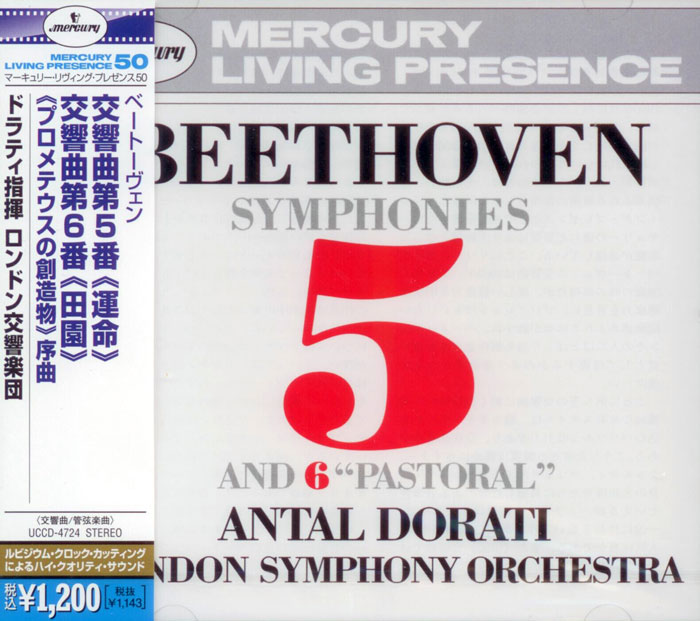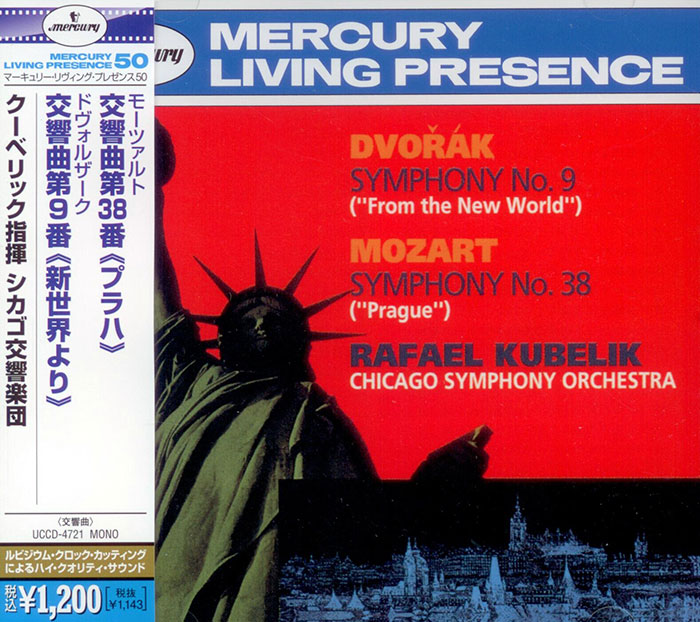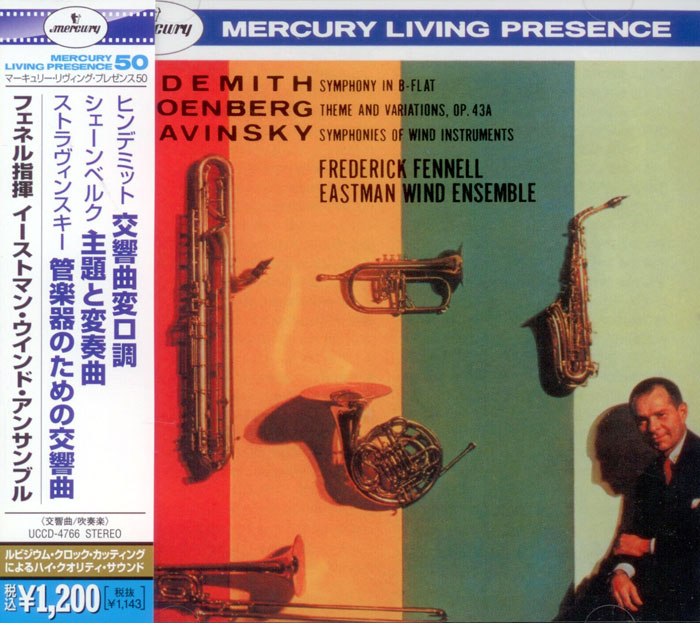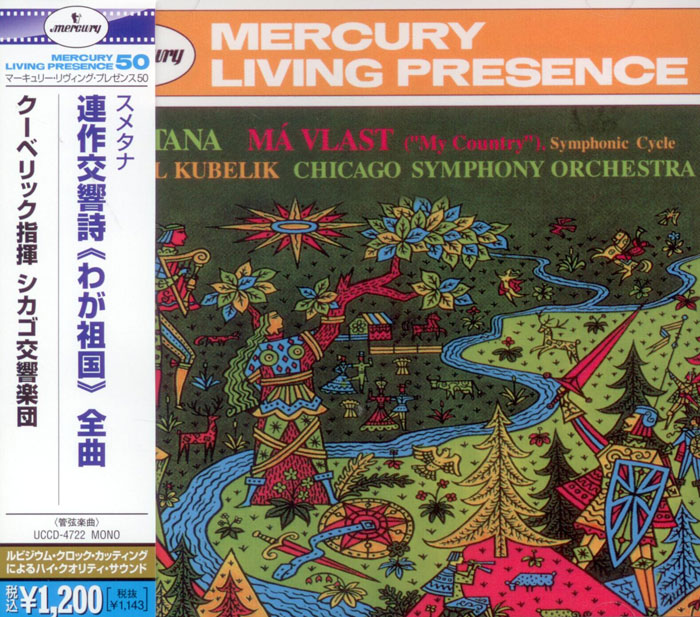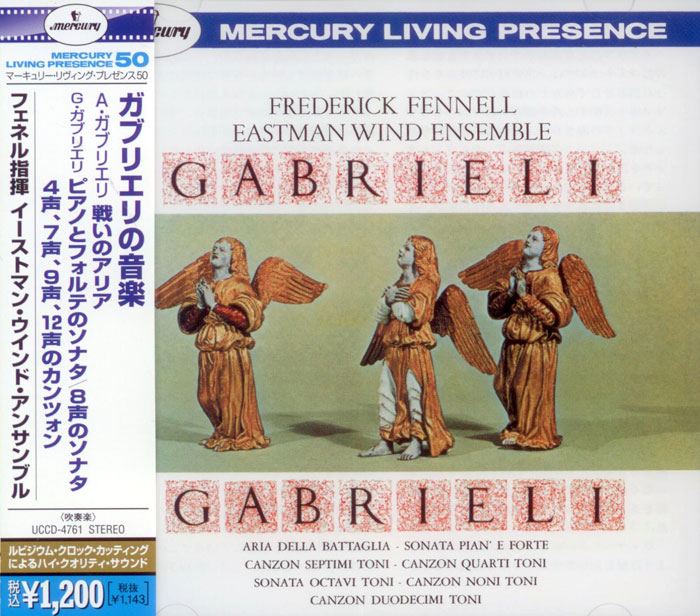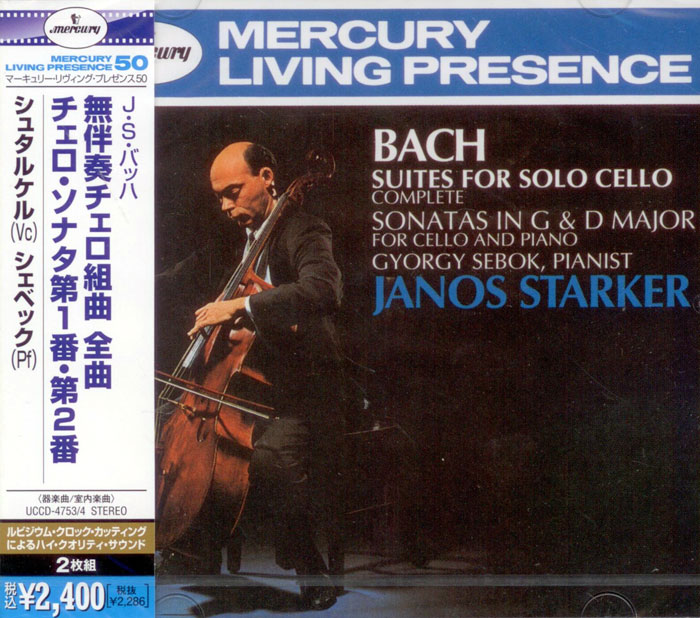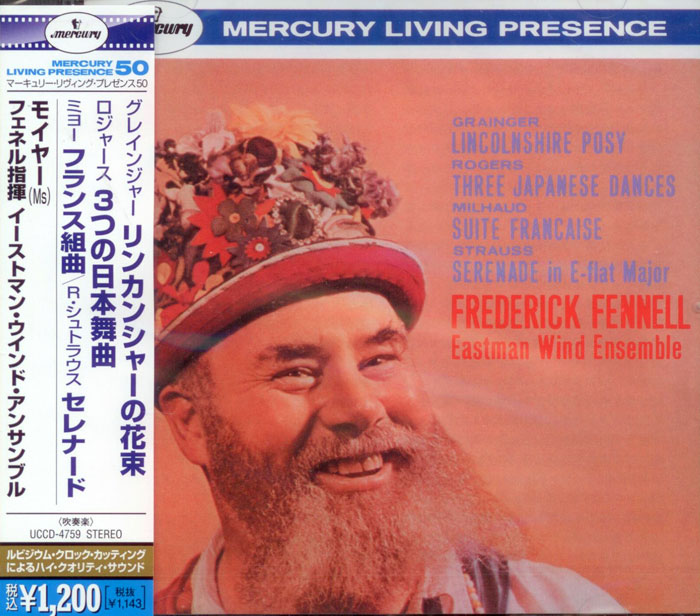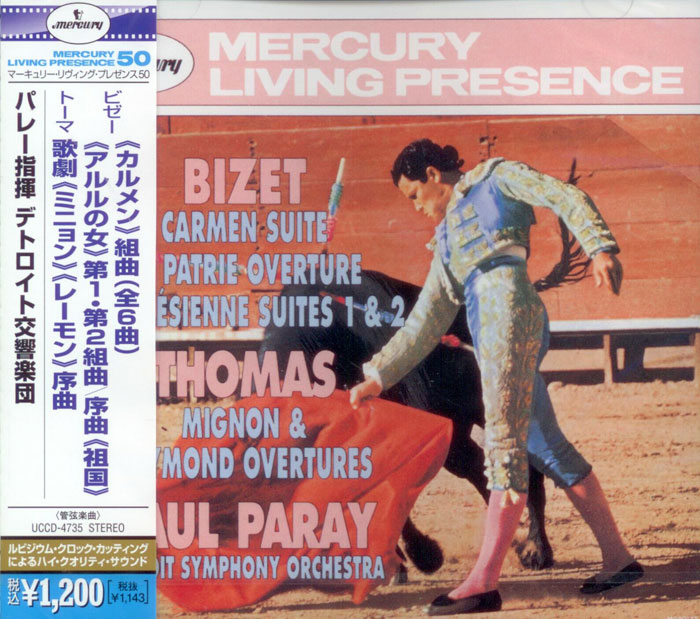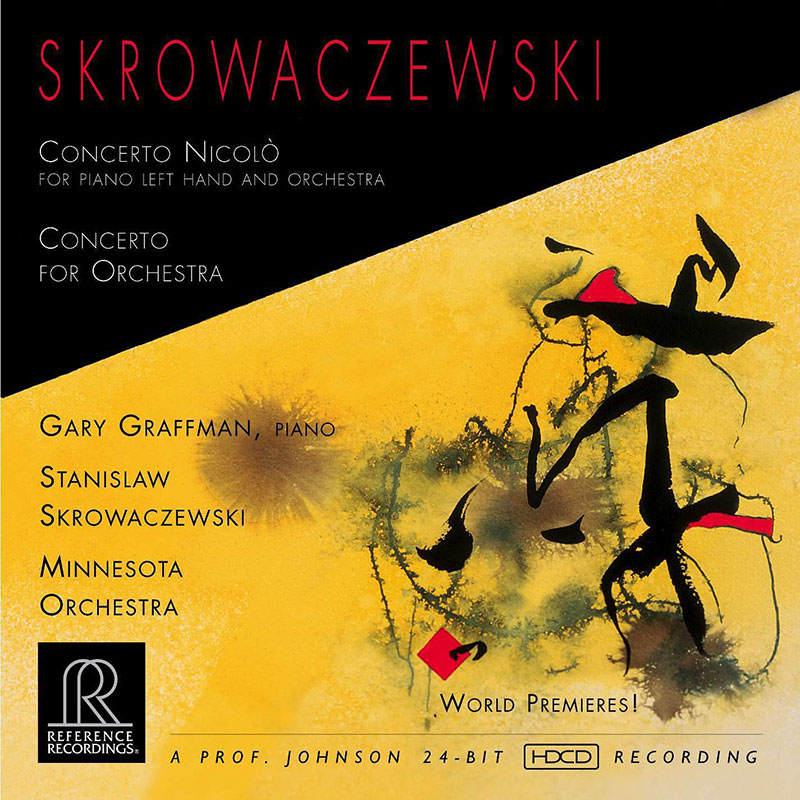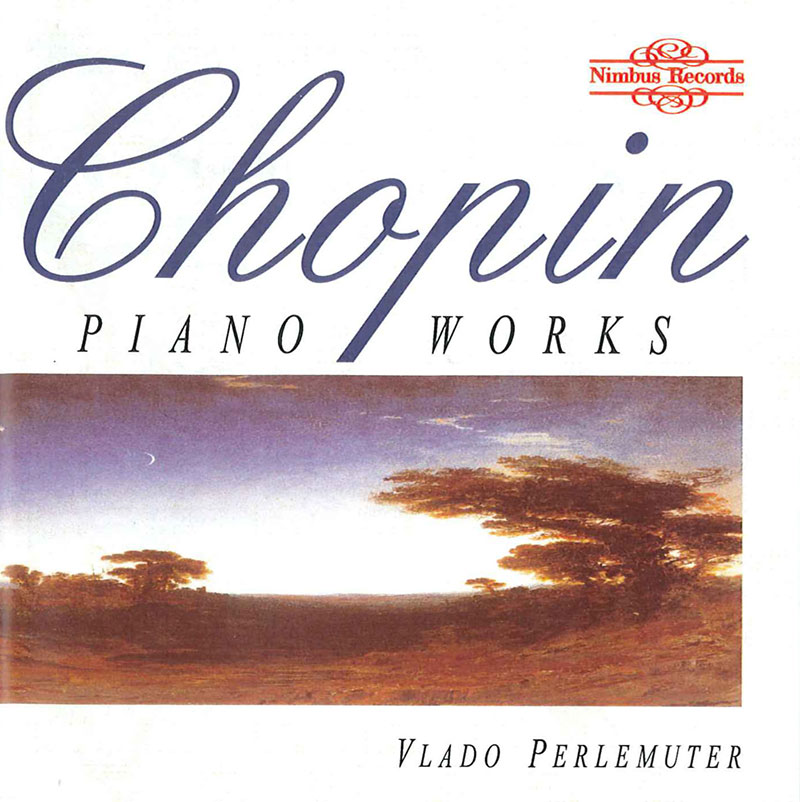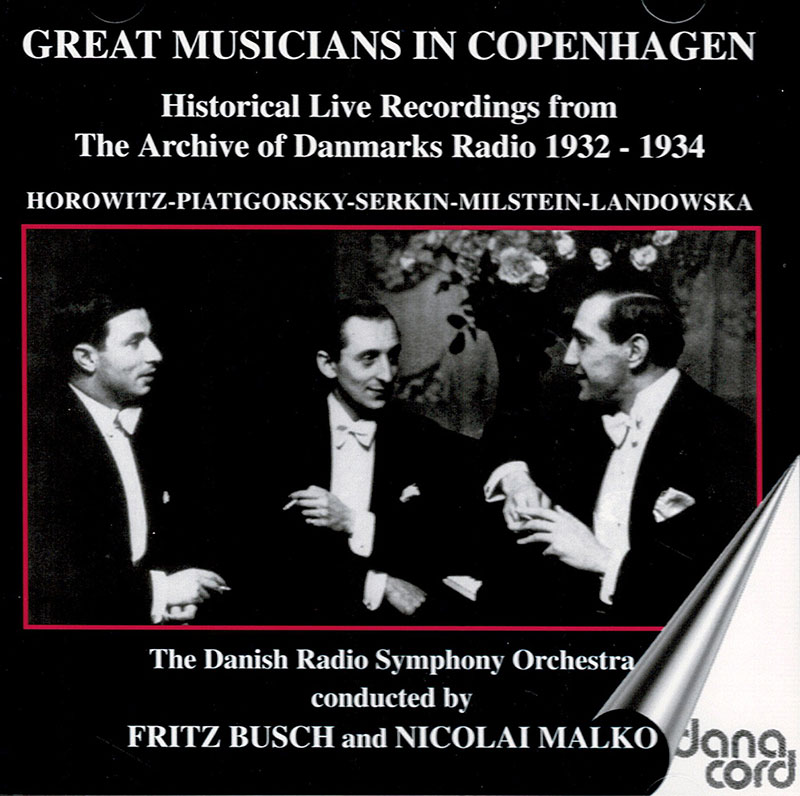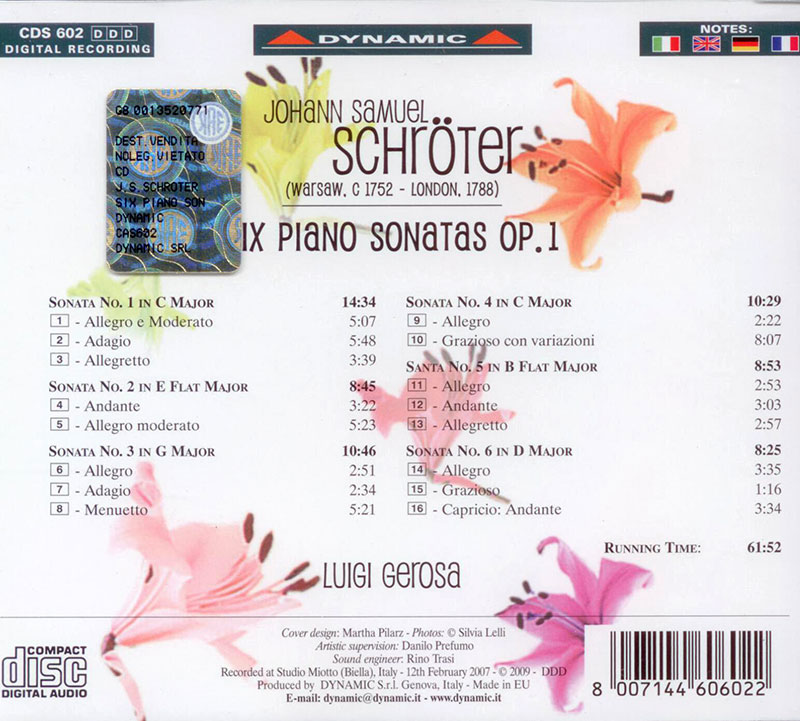Logowanie
Dlaczego wszystkjie inne nie brzmią tak jak te?
Chai Lang, Fan Tao, Broadcasting Chinese Orchestra
Illusive Butterfly
Butterly - motyl - to sekret i tajemnica muzyki chińskiej.
Brzmią jak sen na jawie
KHACHATURIAN, SHOSTAKOVICH, Antal Dorati, Stanislaw Skrowaczewski, The London Symphony Orchestra
Gayne / Symphony No. 5 in D minor, Op. 47
Stanisław Skrowaczewski,
Winylowy niezbędnik
ClearAudio
Cartridge Alignment Gauge - uniwersalny przyrząd do ustawiania geometrii wkładki i ramienia
Jedyny na rynku, tak wszechstronny i właściwy do każdego typu gramofonu!
ClearAudio
Harmo-nicer - nie tylko mata gramofonowa
Najlepsze rozwiązania leżą tuż obok
IDEALNA MATA ANTYPOŚLIZGOWA I ANTYWIBRACYJNA.
Osobowości
SKROWACZEWSKI, Stanislaw Skrowaczewski, Minnesota Orchestra
Concerto Nicolo for piano left hand and orchestra
WORLD PREMIERE!
SCHROETER, Luigi Gerosa
Six Piano Sonatas Op.1

- Luigi Gerosa - piano
- SCHROETER
Born in Monza (Province of Milan), Luigi Gerosa began his music studies in his home town under the guidance of Rina Sala Gallo (to whom the important biennial international piano competition is dedicated) and continued with Alberto Colombo, achieving his diploma in piano at the "Giuseppe Nicolini" Conservatory in Piacenza. He studied organ and organ composition with Giovanni Walter Zaramella. He has been a successful concert performer both in Italy and abroad, appearing as a soloist - with a repertoire that spans from Bach to the most important Romantic composers - and in chamber ensembles, and has also devoted himself to Lied literature, paying special attention to the performance of Rachmaninov, Schubert and Schumann. He has been a guest at important concert events, and has played in important halls, such as the Grand Hall of the Milan Conservatory, where he appeared with the "Giuseppe Verdi" Symphonic Orchestra of Milan, and at the Lugano Musikfestwochen. PROGRAM INFORMATIONS: The Schröter family, originating from Saxony, represented one of the many appreciated dynasties of musicians active all over Europe in the eighteenth century. The founder, Johann Friedrich (1722-1811) was an oboist who dedicated himself to activity as a soloist. He had four children and provided them all with a good music education. Johann Samuel, born between 1750 and 1752, who died young in London in 1788, was probably the most famous of the four. After studying under his father, he went on to take lessons from Johann Adam Hiller in Leipzig. About 1773 he settled in London, where he had become friends with Johann Christian Bach, at the time one of the most prominent musicians in the English capital. For some time Schröter was the organist of the German church in London. When Johann Christian Bach died in 1782, Schröter took over as music master to Queen Charlotte, wife of George III. Schröter adapted to performing only in private entertainments before a select audience (for some time he was also in the service of the Prince of Wales, the future king George IV). For some time Schröter was the most highly esteemed pianist in England, though the arrival of Clementi swiftly overshadowed his fame and launched a new type of virtuoso performer. Schröter was undoubtedly linked to the "galant" tradition of Johann Christian Bach. Charles Burney wrote that Schröter was "the first who brought into England the true art of treating the piano." His type of playing, however, was still linked more to the rococo stylistic features of elegance and delicate touch than to the vigorous, muscular piano art to which Clementi tended. Johann Samuel Schröter's music production includes, among other works, 12 Concertos for piano and string orchestra, several collections of Sonatas for piano or harpsichord and an accompanying instrument, and the Six Sonatas for piano or harpsichord opus 1 recorded on our CD, which make up his only printed work in the field of sonatas for a solo instrument. Mozart held a very high opinion of Schröter, and in a letter to his father on 3rd July 1778 defined Schröter's Piano Concertos opus 3, published in London around 1774, as very beautiful, and for three of them he also wrote cadenzas. The opus 1 Sonatas were first published in Amsterdam around 1772, and clearly show the influence of the piano style of Johann Christian Bach. Whilst Schröter prefers the typically "galant" form in two movements in the Sonatas for harpsichord/piano and another accompanying instrument, in the opus 1 Sonatas the three-movement form is present in four of the six sonatas. In some cases the compositions make us think of the Mozart Sonatas of the same period, while in some movements we should also note the extraordinary similarity with a popular Sonata in C major by Baldassare Galuppi, written at least twenty years earlier. The first printed edition of the opus 1 Sonatas offers the traditional piano/harp






